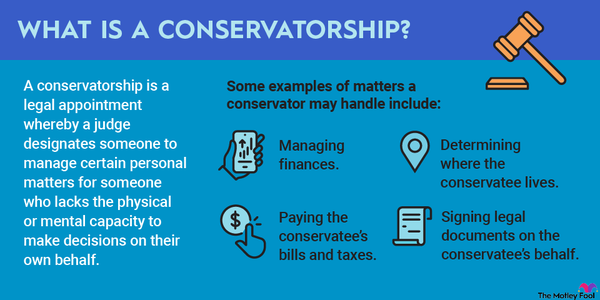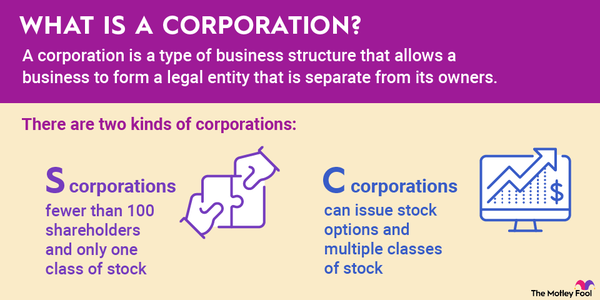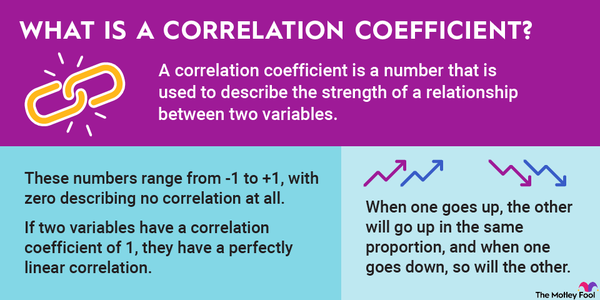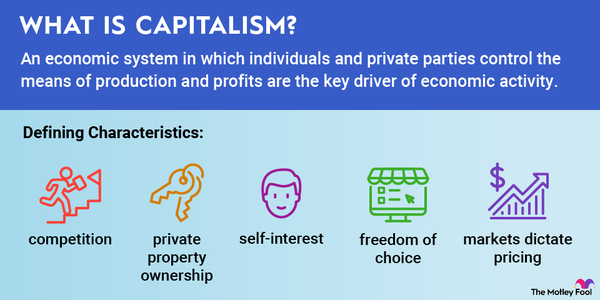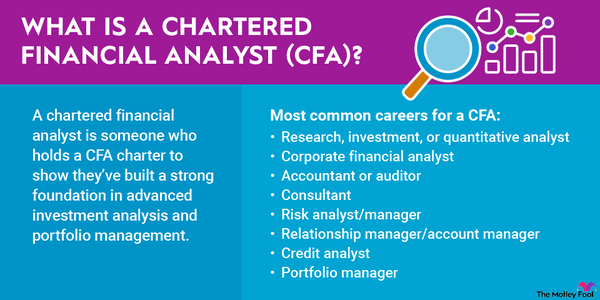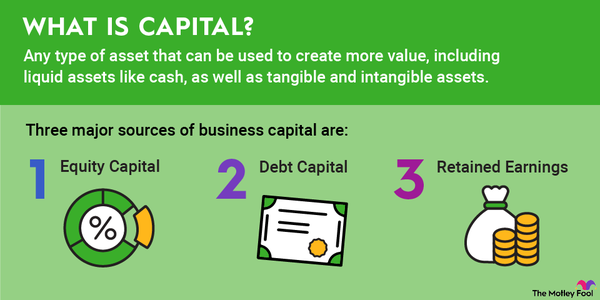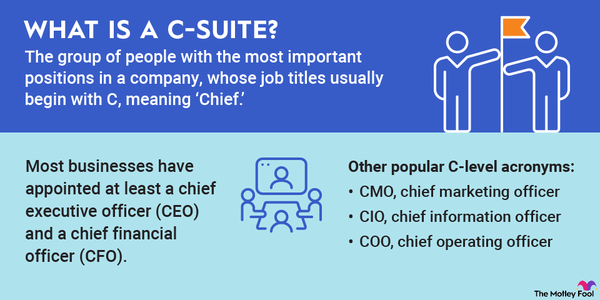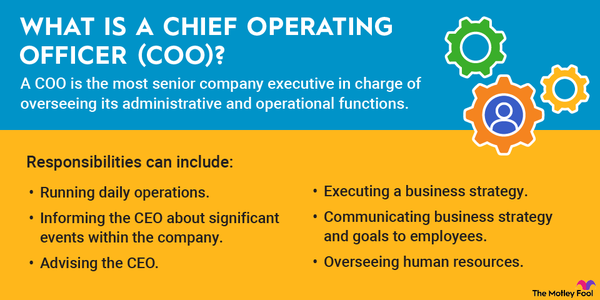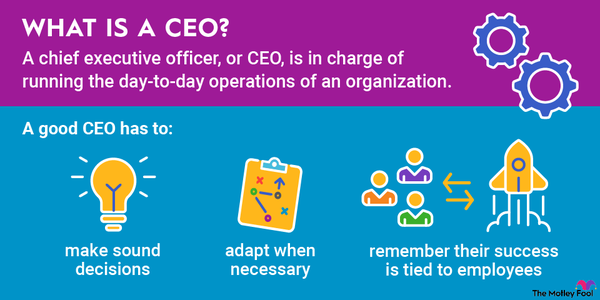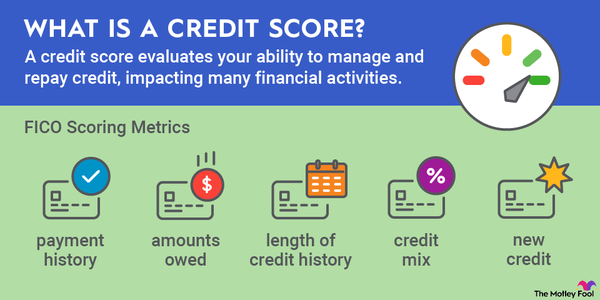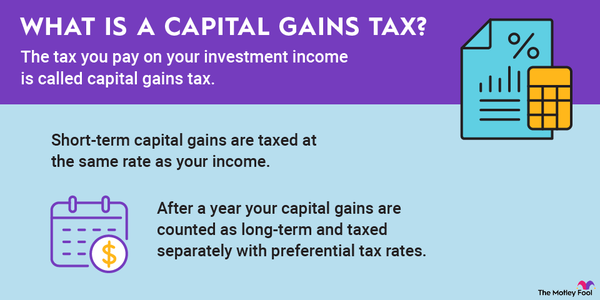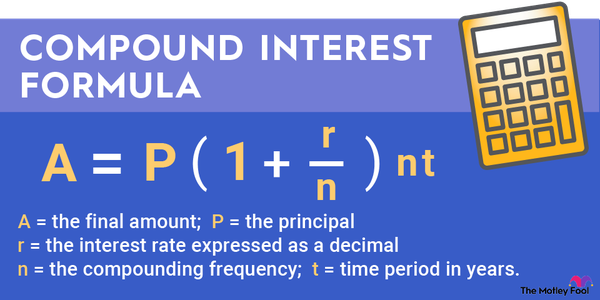Everyone has to have a budget for their big purchases, and companies are no different. How companies arrive at what's worth spending money on and what's not is a thorough process called capital budgeting.

What is capital budgeting?
What is capital budgeting?
Capital budgeting is more than just assigning capital as a budget item, as the name might suggest. In fact, it's a whole process that companies use to examine potential projects or other investments to determine if they're viable and profitable. This process is also sometimes called "investment appraisal," which is a far more descriptive term.
Capital budgeting might be used to decide if a company should build a new factory or simply remodel an old one, for example. With capital budgeting techniques, the company will know which is the best financial move and what can be reasonably expected. But, since capital projects tend to be longer term, there is always the potential for the unexpected to occur.
Why capital budgeting matters
Why capital budgeting matters to investors
Capital budgeting is a really important process for any business, but it's doubly important for one that's publicly traded. Rather than rushing into a new investment, workforce expansion, or other big expenditure, capital budgeting forces company decision makers to slow down, take a very hard and long look at the potential move they're making and see how it will affect the company today, tomorrow, and into the future.
Capital budgeting also allows those same decision makers to compare two or more different projects to find the project that will make the most sense for the business and shareholders. They're often looking for not just a high amount of profit from the project but a lot of value, which might include longevity or a way to invest in the business to give it more ways to expand in the future.
Capital budgeting methods
Capital budgeting methods
Capital budgeting is the idea of examining capital projects carefully, but there are a variety of methods that can be used to achieve this. Sometimes, they're all used at the same time to really get a good sense of what's going on and what could happen in the future. Common capital budgeting methods include:
Discounted cash flow analysis. With discounted cash flow analysis, you can look at cash flows, both inflow and outflow, that are part of the project and its longer-term maintenance, discounted back to today's monetary value. Since inflation tends to devalue a dollar, this sets project costs in current dollars to compare with other current income and expenses.
Payback analysis. Although the least accurate of capital budgeting methods, payback analysis gives a quick look at the value of a project. In essence, payback analysis figures out how long it takes to recapture the cost of an investment and whether or not that timeline makes sense for the project.
Throughput analysis. Throughput analysis is far more complicated than either of the above-mentioned methods, but it looks at the problem of capital budgeting from an efficiency perspective. It wants to see how much it can increase profits by increasing production through the widening of bottlenecks in the system.
Related investing topics
Important metrics
Important capital budgeting metrics
Just like there are different methods to determine which capital project is the best option, there are also different metrics that are being evaluated. Sometimes these metrics won't line up, but sometimes they're in agreement. The end goal of the company will help determine the very best metrics to focus on, but these are a few commonly used metrics in capital budgeting:
Payback period. Everyone wants to know that they can pay back their investment in as short of a time as possible. Although this might not be the most important metric in every scenario, it's certainly one that should always be considered.
Internal rate of return. The internal rate of return can also be thought of as the expected return on a project. It should be obvious that you want that to be more than the cost of borrowing the money to do the project, but it's important to actually model this so you can be more certain before investing millions of dollars into something new.
Net present value. Net present value allows you to see how much profit is possible with a new project after the cost of the capital is considered. Net present value looks at after-tax cash flow, which can give a better idea of just how profitable a project is. This is especially important if funds are limited.
Five Steps to Capital Budgeting
Five Steps to Capital Budgeting
Capital budgeting is a multi-step process businesses use to determine how worthwhile a project or investment will be. A company might use capital budgeting to figure out if it should expand its warehouse facilities, invest in new equipment, or spend money on specialized employee training.
The capital budgeting process consists of five steps:
- Identify and evaluate potential opportunities
The process begins by exploring available opportunities. For any given initiative, a company will probably have multiple options to consider. For example, if a company is seeking to expand its warehousing facilities, it might choose between adding on to its current building or purchasing a larger space in a new location. As such, each option must be evaluated to see what makes the most financial and logistical sense. Once the most feasible opportunity is identified, a company should determine the right time to pursue it, keeping in mind factors such as business need and upfront costs. - Estimate operating and implementation costs
The next step involves estimating how much it will cost to bring the project to fruition. This process may require both internal and external research. If a company is looking to upgrade its computer equipment, for instance, it might ask its IT department how much it would cost to buy new memory for its existing machines while simultaneously pricing out the cost of new computers from an outside source. The company should then attempt to further narrow down the cost of implementing whichever option it chooses. - Estimate cash flow or benefit
Now we determine how much cash flow the project in question is expected to generate. One way to arrive at this figure is to review data on similar projects that have proved successful in the past. If the project won't directly generate cash flow, such as the upgrading of computer equipment for more efficient operations, the company must do its best to assign an estimated cost savings or benefit to see if the initiative makes sense financially. - Assess risk
This step involves estimating the risk associated with the project, including the amount of money the company stands to lose if the project fails or can't produce its previously anticipated results. Once a degree of risk is determined, the company can evaluate it against its estimated cash flow or benefit to see if it makes sense to pursue implementation. - Implement
If a company chooses to move forward with a project, it will need an implementation plan. The plan should include a means of paying for the project at hand, a method for tracking costs, and a process for recording cash flows or benefits the project generates. The implementation plan should also include a timeline with key project milestones, including an end date if applicable.







